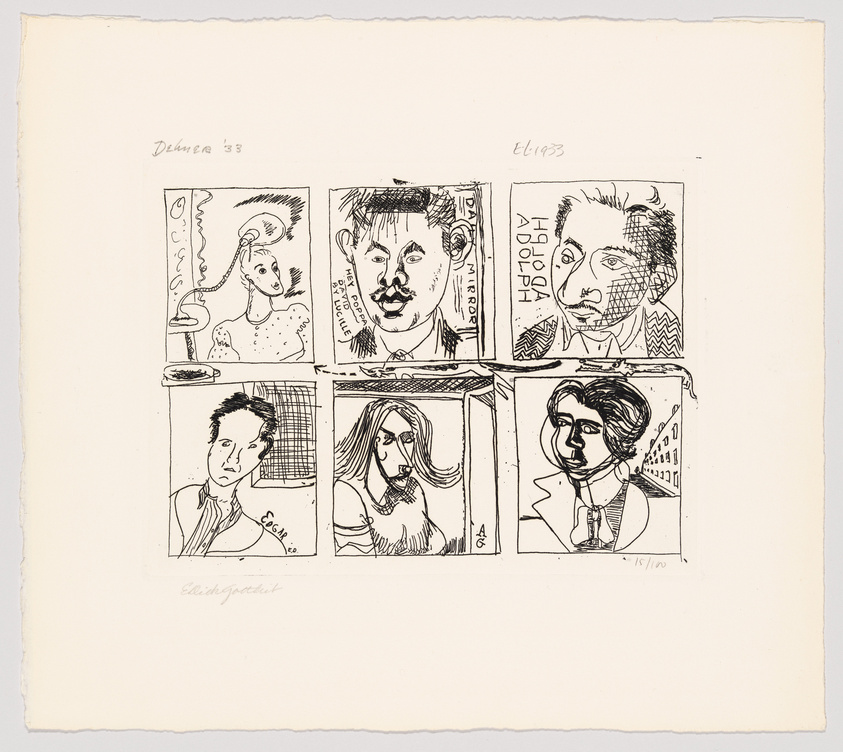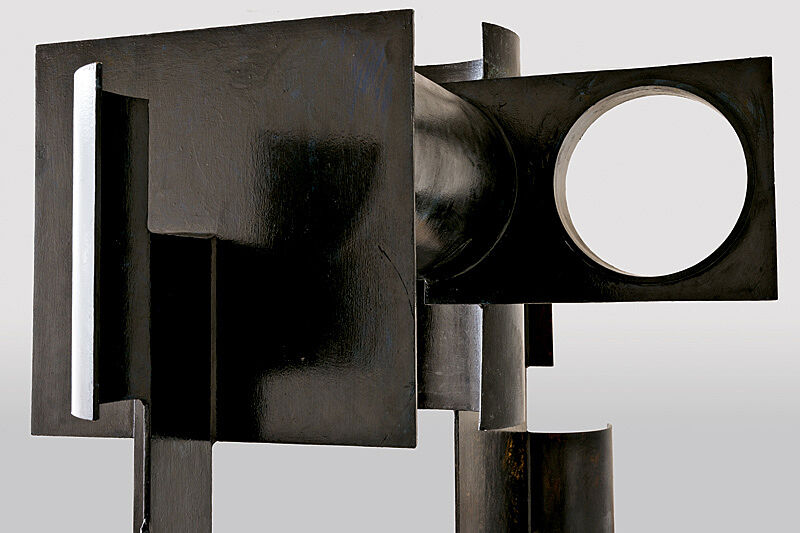Introduction to David Smith: Cubes and Anarchy
Oct 5, 2011
0:00
Introduction to David Smith: Cubes and Anarchy
0:00
Narrator: Welcome to David Smith: Cubes and Anarchy. Smith was a master of modern sculpture. He worked in a broad range of media and explored a rich variety of themes, materials, and subject matter. The works in this show exemplify his life-long interest in geometry. A deep commitment to human forms, feelings, and movement, however, underlie many of his most abstract works.
The large sculptures you see in this room come from the 1960s—the last decade of Smith’s life. We’ll see earlier works today too, but the exhibition does not follow a linear path from his earliest sculpture—produced in the 1930s—to his death in 1965. Instead the show explores the artist’s enduring formal interests, drawing new visual connections between them.
Smith was born in Indiana in 1906, and came to New York as a twenty-year-old. He studied at the Art Students League from 1927 to 1932. He began as a painter, but a decisive moment came in 1932 when he saw a copy of the French art journal Cahiers d’art. It reproduced welded steel sculptures by Pablo Picasso and his fellow Spanish artist Julio González. Smith himself had worked as a welder in a Studebaker factory in 1925. He was excited by the idea of merging art with the methods of modern industry. He was also inspired by the way that Cubism’s overlapping shapes and abstract forms lent themselves to the production of deeply personal, yet enigmatic meaning.
In 1929, Smith bought a former fox farm in Bolton Landing, New York—some two hundred miles north of New York City, in the Adirondack Mountains near Lake George. He moved there full-time in 1941. In the 1950s, he began installing his sculpture in the fields surrounding his home and studio. He ultimately filled the fields with his sculpture, creating a dramatic interaction of art and nature. In a sense, Smith’s were among the first environmental sculptures—open and responsive to their surroundings.


